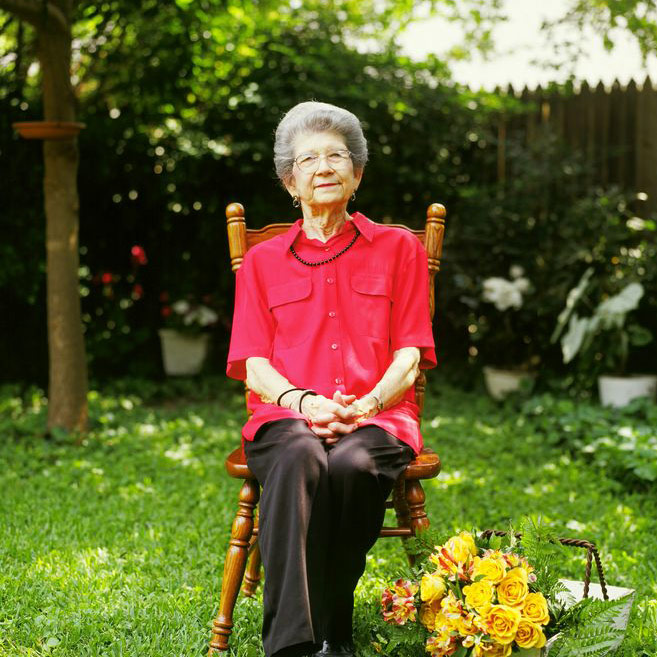
TUESDAY, Feb. 1 (HealthDay News) — End-of-life care facilities run for profit are more likely to have patients who require less-skilled care on the part of the hospice, or patients who need longer times in hospice care, research reveals.
Under the current Medicare reimbursement system — which pays hospices a flat daily rate, regardless of care needs — such patients would likely cost less to care for, according to the study.
“We found that for-profit hospices had more patients with non-cancer diagnoses, especially dementia, that were associated with fewer visits per day from hospice nurses and social workers,” noted the study’s lead author, Dr. Melissa Wachterman, a general medicine research fellow, and a palliative care physician at Harvard Medical School and Beth Israel Deaconess Medical Center in Boston.
“There was a difference in the distribution of diagnoses. Non-cancer diagnoses were more common in for-profit hospices. And, under the current reimbursement system, those patients may be more profitable,” she explained.
More reassuring for families, however, is the finding that patients’ care needs were met in both for-profit and non-profit hospice programs, Wachterman noted.
Results of the study appear in the Feb. 2 issue of the Journal of the American Medical Association.
Hospice is a type of care provided to people who are dying. The aim of hospice care isn’t to prolong life, but to provide comfort care in the last weeks or months of life. Pain control is an important aspect of hospice care, as is counseling for the whole family.
Since 2000, the number of for-profit hospice agencies in the United States has more than doubled. In 2000, there were 725 for-profit hospices, and in 2007 that number had risen to 1,660, according to the study. During that same period, the number of non-profit hospice programs held steady at about 1,200 facilities.
About 84 percent of people enrolled in hospice programs are receiving Medicare benefits, and about 40 percent of those who die while on Medicare were using hospice.
For this study, Wachterman and her colleagues reviewed data from the 2007 National Home and Hospice Care Survey that included more than 4,700 people using hospice.
They found that non-profit hospices were much more likely to have enrolled people with a cancer diagnosis. Non-profits had about 48 percent of patients with cancer compared to 34 percent in for-profit hospices, according to the study.
On the other hand, for-profit hospices were much more likely to have patients with dementia than were non-profits; 17.2 percent versus 8.4 percent.
Compared with nonprofit hospice agencies, for-profit hospices had a higher proportion of patients residing in nursing homes and a lower proportion living at home. People at for-profit hospice agencies were also likely to stay longer, an average of 20 days compared to 16 for non-profit hospices.
Wachterman said that patients and their families are generally given a choice of hospice care programs by their care coordinator in the hospital, and that certain hospices may become more well-known for providing a particular type of care. But, she said, this study wasn’t able to address the question of whether or not certain hospices were actually seeking out specific types of patients.
However, she said, the study’s findings do point to a need to make a change in the way hospices are reimbursed. “Under the Medicare benefit, hospices are paid a flat daily rate to take care of patients, regardless of the patient care needs. Policy makers may need to consider the possibility of reimbursing at a different daily rate for patients with different diagnoses and different care intensity,” suggested Wachterman.
Dr. Joan Teno, a member of the board of the National Hospice and Palliative Care Organization, disagreed with the notion that dementia patients might need less care than cancer patients, particularly in the area of pain management.
“Both populations have really important unmet care needs,” said Teno, who’s also a professor of community health and medicine at the Center for Gerontology at the Warren Alpert School of Medicine at Brown University, in Providence, R.I.
Teno also said there’s an important factor missing from this study, and that’s a measure of the quality of care received at each type of hospice.
“I’m not sure that a hospice’s tax status would help me choose. We need evidence that can help families select a high quality hospice program,” she said.
More information
To learn more about choosing hospice, visit the Hospice Foundation of America.

